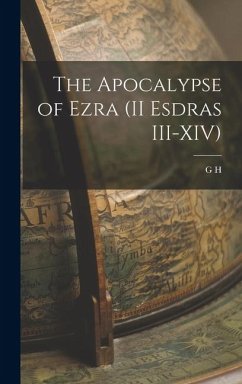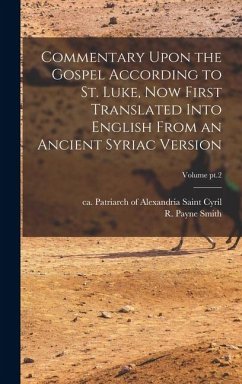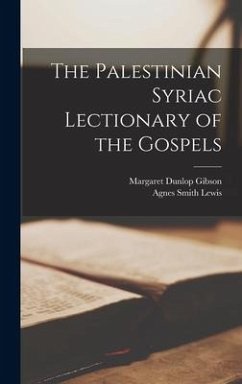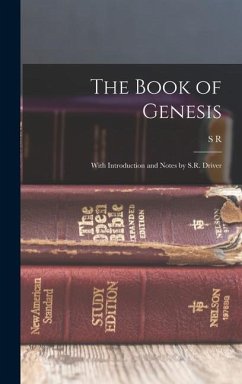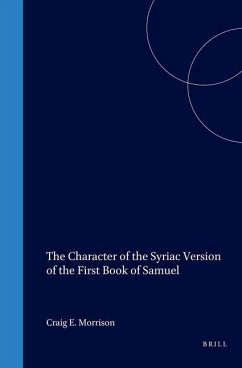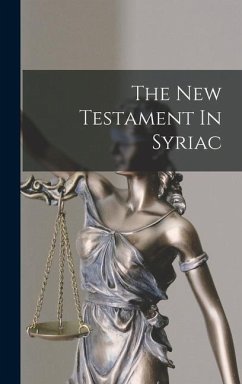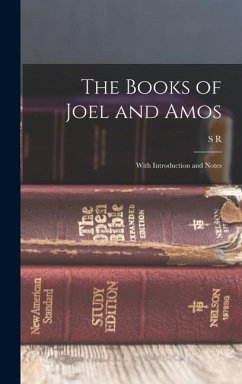
The Old Syriac Gospels - Introduction and Study Notes
An in-depth analysis and investigation of the ancient Syriac Version of the Gospels
Versandkostenfrei!
Versandfertig in 1-2 Wochen
31,99 €
inkl. MwSt.

PAYBACK Punkte
16 °P sammeln!
An in-depth investigation of the ancient Syriac Gospels. Very valuable for anyone interested in the Aramaic New Testament, Textual Criticism and transmission, and the Eastern Church. DURING the greater part of the first nine centuries of our Era the language commonly used in the Valley of the Euphrates and the neighbouring provinces was the dialect of Aramaic which we call Syriac. The literary headquarters of the Syriac-speaking Church was the city of Edessa (in Syriac Urhaii), which also had been the centre from which Christianity spread in all that region. The beginnings of Christianity at E...
An in-depth investigation of the ancient Syriac Gospels. Very valuable for anyone interested in the Aramaic New Testament, Textual Criticism and transmission, and the Eastern Church. DURING the greater part of the first nine centuries of our Era the language commonly used in the Valley of the Euphrates and the neighbouring provinces was the dialect of Aramaic which we call Syriac. The literary headquarters of the Syriac-speaking Church was the city of Edessa (in Syriac Urhaii), which also had been the centre from which Christianity spread in all that region. The beginnings of Christianity at Edessa are lost in legend, but it is certain that the new religion was well established there before the city was absorbed into the Roman Empire during the reign of Caracalla (AD 216). The political independence of the little state accounts for the early translation of the Scriptures into the vernacular of the Euphrates Valley. About the year 420 AD the Gospel was extant in Syriac in three forms: The Peshitta; the Diatessaron of Titan; and the Old Syriac Gospels, called Evangelion Da-Mepharreshe.' The main object of the following pages is to trace the history of the Evangelion Da-Mepharreshe, and to determine as far as possible its relations to the Diatessaron and to the Peshitta. Originally published as: EVANGELION DA-MEPHARRESHE The Curetonian Version of the four Gospels, with the readings of the Sinai Palimpsest and the early Syriac Patristic evidence, edited, collected and arranged by F. Crawford Burkitt Volume II: Introduction and Notes







